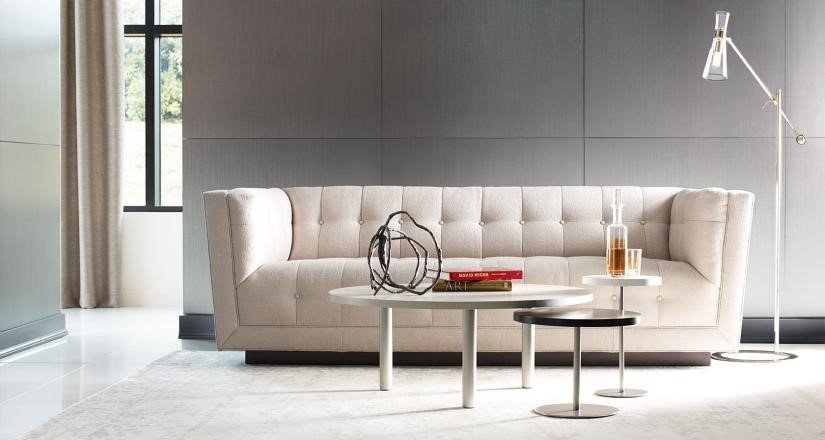Every Room Design Begins with Light
 Light is one of the four key elements of design. It’s also one of the trickiest to get right, thanks to the all the different options in lighting available. To assess the lighting in a room, begin by considering these questions:
Light is one of the four key elements of design. It’s also one of the trickiest to get right, thanks to the all the different options in lighting available. To assess the lighting in a room, begin by considering these questions:
- Is the lighting inviting? (Is it too bright, or too dim?)
- Does it work for various the tasks and activities that take place in that room? (A kitchen needs brighter light than a bedroom, for instance.)
- Is it energy efficient?
- Can I vary it according to mood or time of day?
You can make big changes in how your room is lit without necessarily getting rid of your current fixtures. Dimmers on light switches or lamps give you the flexibility to change up the mood of a room easily. And switching to a different type or size of bulb changes the kind and color of light they produce.If you’re confused about what kind of light a particular bulb will create, check the label on the package, where you’ll find the facts on its brightness, estimated yearly cost, life expectancy, light appearance, energy used, and mercury information.Choosing the Right LightingLight color is measured on the Kelvin (K) temperature scale. Lower Kelvin numbers mean more yellow light; the higher the Kelvin number, the whiter or bluer the light. Warm white - 2500K-3000K (the standard color of incandescent bulbs) is ideal for bedrooms, living rooms or dens. Bright white or cool white - 3500K-4100K is good task lighting, and works for kitchens, bathrooms, and workspaces. Daylight - 5000K-6500K – is the best reading light.The most efficient bulbs on the market now are LEDs, which save up to 80% in energy costs over the older incandescent bulbs now being phased out and last up to 20 years. Unlike the CFLs, which they’re quickly replacing, these bulbs contain no mercury and thus are much easier to dispose of. A 12-watt LED light bulb puts out the same amount of light as a 60-watt incandescent.New options in light bulbs and ways in which to control them are nothing short of amazing. Your smartphone can now be paired with your home lighting system, allowing you to switch lights off and on remotely. There are LED bulbs on the market that respond to voice commands – and there’s even an LED bulb that includes a Bluetooth speaker, so you can pipe music wirelessly into every room from a central source.Remember, lighting sets the stage for an entire room, and affects how everything in it is viewed. Your best decorating efforts can be undermined by poor lighting choices – so don’t forget to begin your design efforts by focusing on the lighting as you set your vision for a room.Looking for more interior design trends, marketing tips, and ideas? Get in touch with TD Fall today.
